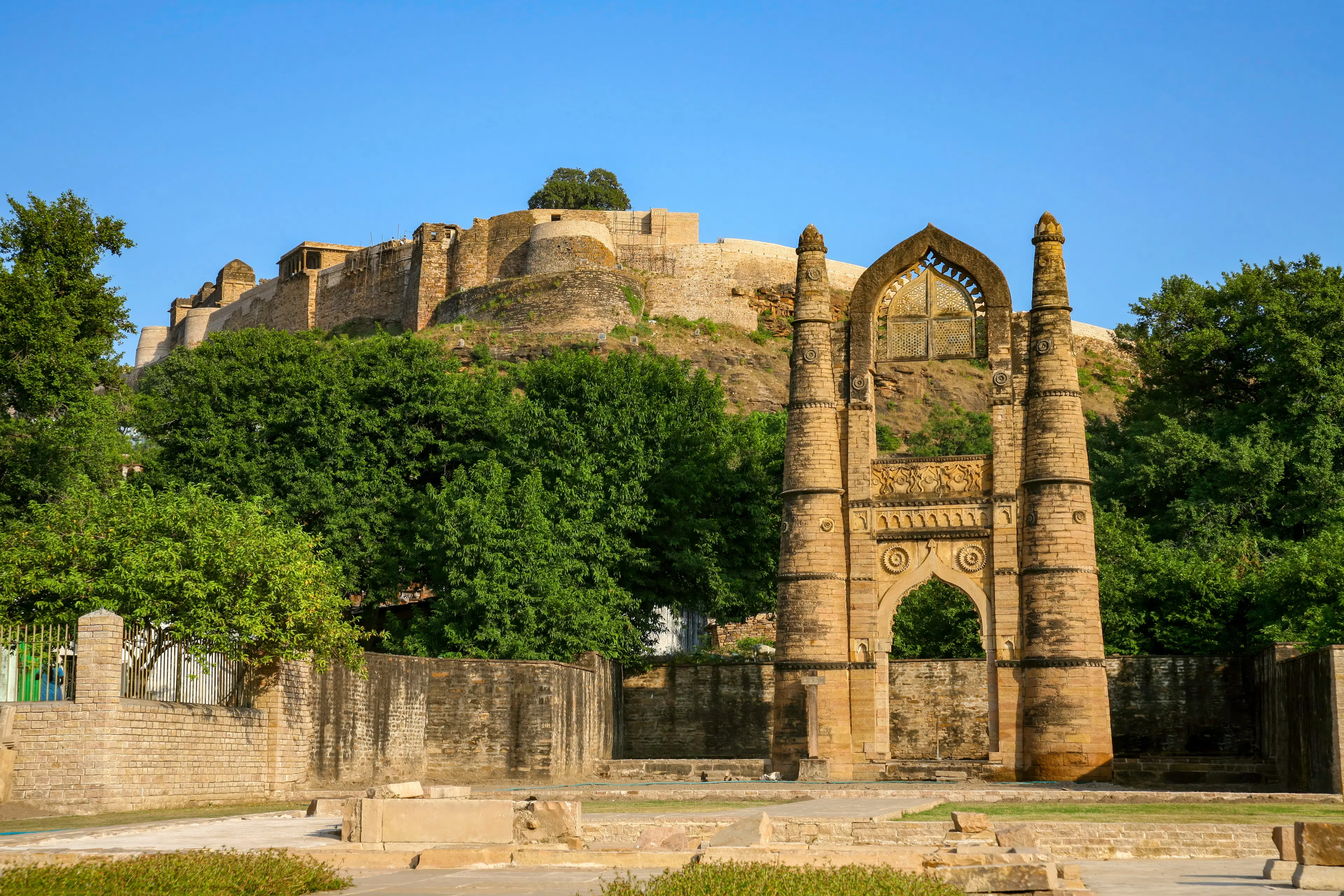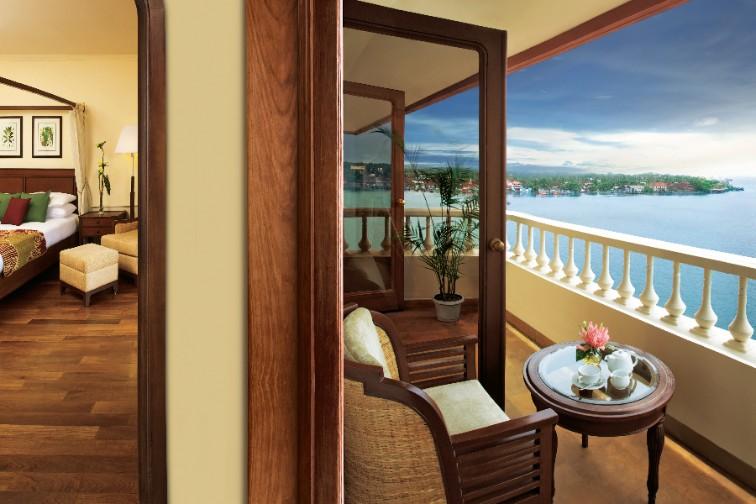
Hotels
•05 min read

Altit Fort is one of Pakistan’s most iconic landmarks, standing proudly in the breathtaking Hunza Valley. The fort speaks of a rich past and deep-rooted tradition. In this blog post, you will learn about the altit fort history, its unique altit fort architecture, and altit fort location. We answer frequently asked questions, compare it with Baltit Fort, and provide some altit fort tourism tips that will enrich your experience. Whether you are a history buff or simply curious about ancient forts in Pakistan, you will find insightful details here.
The journey of Altit Fort is filled with stories of power, resilience, and cultural heritage. This majestic structure has witnessed many historical changes that shaped the region. Its walls have seen the rise and fall of rulers in the Hunza Valley. This section explores its origins, its critical role in local history, and the restoration efforts that have preserved its legacy.
Altit Fort has ancient roots. It is believed that the fort was constructed over 900 years ago by the rulers of the Hunza Valley. The fort originally served as a stronghold to protect the people of the region from invaders. The careful design and placement of the fort show advanced defensive planning from a time gone by. Scholars agree that the altit fort history plays a key role in understanding the ancient strategies used in fort building.
Altit Fort was more than just a military post; it was a symbol of power. It guarded the valley and served as a residence for the ruling families. Many historical events took place within its sturdy walls. The fort's location ensured that the Hunza Valley could thrive while remaining secure. With strategic positioning, the fort became a central point for local governance and trade, reflecting the cultural heritage of Hunza in every brick.
Preserving Altit Fort means preserving the soul of the region. The Aga Khan Trust for Culture led a significant restoration project to revive this ancient structure. Their work has helped to maintain the fort’s charm and resilience. The altit fort restoration has preserved intricate details of its altit fort architecture and allowed it to continue inspiring visitors. Today, the fort stands as a monument to the cultural heritage of Hunza and the rich history of the area.
The design of Altit Fort is a marvel. It features a blend of traditional Hunza military architecture with Tibetan influences. The use of local materials and simple construction methods adds a rustic character to the fort. This section discusses the unique architectural features of Altit Fort and explains how its design has both historical and cultural significance.
The structure of Altit Fort is both functional and artistic. The design includes heavy stone walls and narrow passageways that served defensive purposes. The layout consists of multiple levels that provide panoramic views of the surrounding Hunza Valley. Simple yet sturdy timber work is noticeable throughout. The architectural style echoes the indigenous techniques that have been passed down through generations, making the fort an excellent example of altit fort architecture.
Each element of Altit Fort's structure tells a story. Its thick walls and strategic design protected its residents from invaders. At the same time, these features highlight the cultural values of the people of Hunza. The design served both practical and artistic needs. The fort was built to be technically sound for defense while also capturing the essence of local culture.

Insight Corner: "Did You Know? Altit Fort’s watchtower is believed to be over 900 years old, making it one of the oldest surviving structures in the Gilgit-Baltistan region."
Location plays a big role in what makes Altit Fort stand out. Situated in the scenic Hunza Valley of Gilgit-Baltistan, the fort is set against a backdrop of majestic landscapes. This section guides you through altit fort location details and travel options to help you plan your visit with ease.
Altit Fort is found in one of the most picturesque parts of the Hunza Valley. Perched at an impressive altitude, it offers sweeping views of the surrounding mountains and landscapes. It is close to many cultural landmarks, including its sister fort, Baltit Fort. The location of this Hunza Valley fort brings history and nature together in perfect harmony.
There are various ways to reach Altit Fort. Visitors can travel by air to the nearby airports. From there, road transport provides access to the fort. Local transport services also cater to those who prefer a more scenic journey. The best time to visit is during the clear, cool months when the weather is pleasant and the views are nothing short of spectacular. These modern transportation options make altit fort tourism an accessible adventure.
Altit and Baltit Forts have shared histories yet hold distinct characteristics. By comparing the two, we gain a deeper understanding of the region’s layered past. This section explains the key differences and the benefits of visiting both forts.
While both forts served defensive roles, their histories and layouts differ. Altit Fort is older and reflects more ancient architectural techniques. In contrast, Baltit Fort exhibits newer influences and design alterations acquired over time. The altit fort history, when compared with Baltit Fort, shows how the region evolved and adapted its structures to meet the needs of different eras. The architectural differences, though subtle, are a fascinating study in contrast.
Visiting both fort sites gives a complete picture of Hunza’s heritage. Each fort has unique qualities that complement the other. Together, they narrate the long history of governance and cultural exchange in the valley. Exploring both sites allows you to fully appreciate the role of each structure as a guardian of the region’s legacy. The experience is both educational and inspiring.
If you are planning a trip, practical information is key. This part of the guide prepares you for what to expect when you step into history at Altit Fort. It also shares useful hints to make your visit enjoyable.

Your visit to Altit Fort is like a journey back in time. Many tours offer a chance to see carefully restored rooms and corridors. The storytelling of guides brings history to life. You can also explore nearby areas, such as Altit Village, where you may see local orchards and traditional dwellings. Every step of the visit is an opportunity to connect with the past.
Before you go, it is wise to note some essential tips. Check the entry fees and opening hours ahead of your visit. Photography is generally allowed, but be mindful of restrictions in certain areas. Carry light clothing and comfortable shoes for the climb. Accommodations can be found in the nearby area. Remember, each tip is designed to enhance your altit fort visiting experience while respecting the site’s historical value.
Hunza Valley is famous for its stunning natural beauty and rich cultural heritage, showcased in landmarks like Altit Fort and Baltit Fort.
The word "Altit" is derived from the local language and is believed to mean "this side down."
The ticket price for Baltit Fort is generally affordable, with discounts for students and children.
Baltit Fort is known for its unique architecture, historical significance, and the panoramic views it offers of the Hunza Valley.
Altit Fort is estimated to be over 900 years old, making it one of the oldest forts in Pakistan.
Altit Fort is a true treasure that showcases a blend of history, culture, and timeless architecture. It stands as a testament to the spirit of the Hunza Valley and its enduring traditions. Visiting the fort not only offers tangible insights into the past but also invites reflection on cultural heritage. Through a well-rounded journey that includes exploring altit fort history, admiring altit fort architecture, learning about the fort's location, and comparing it with Baltit Fort, you gain a fuller picture of this significant monument. []